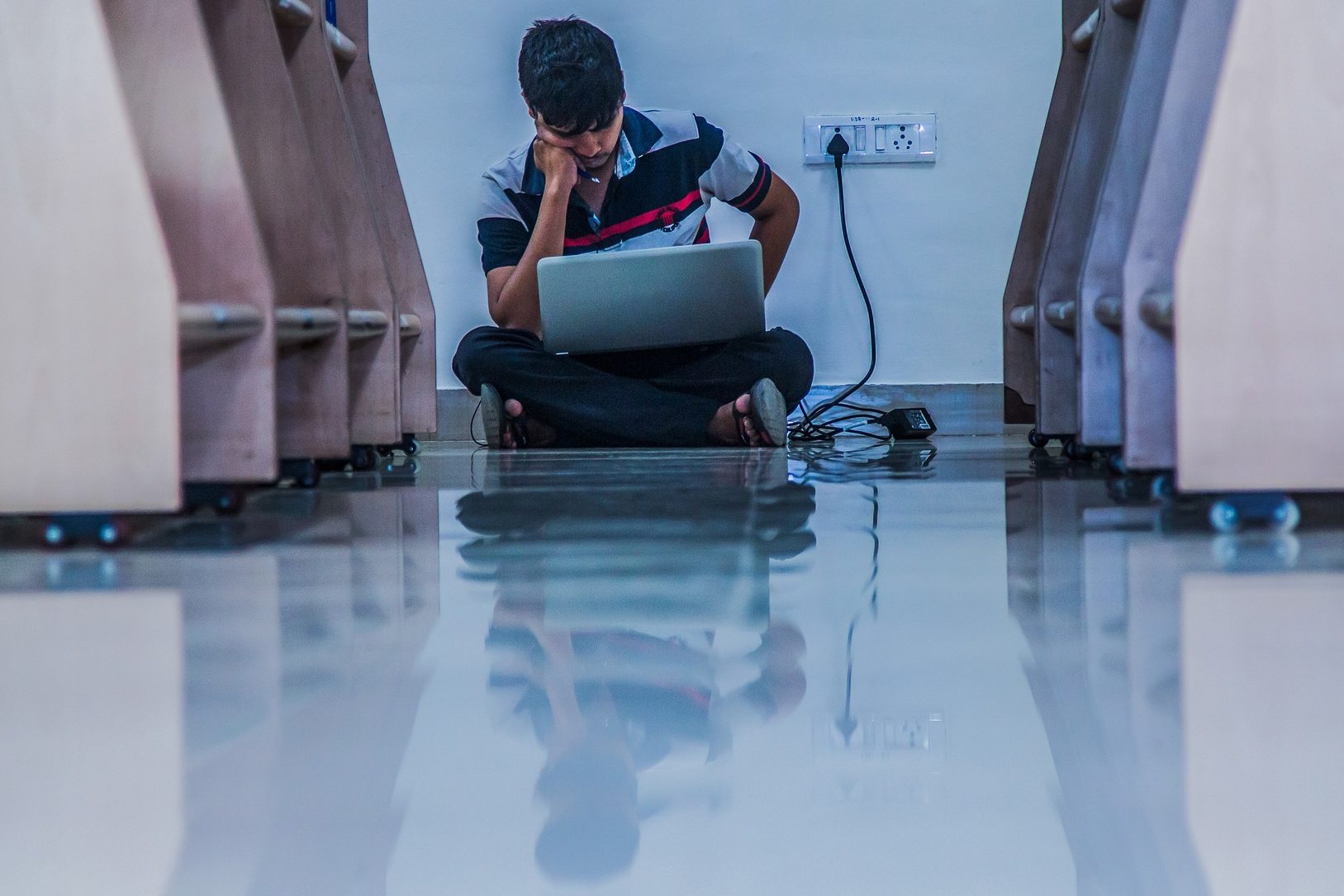
Personalised learning is a pedagogical approach that focuses on meeting the unique needs, strengths, backgrounds, and learning aspirations of individual learners in the process of designing and delivering instruction. A key concept of personalised learning is placing the learner at the centre of instruction and giving them the freedom to choose and control their learning process and experience.
As an experienced teacher, I have learned that every learner has their own preferred learning style, pace, and timing. It is, therefore, important for me to understand the learning needs of each student and provide them with opportunities to have some level of flexibility in their learning process. While there are many useful approaches to improve personalised learning, I find the mentioned tips below as helpful.
The first and foremost step is to discover and evaluate the learning needs of each student. Building a rapport with students and engaging in conversations about their backgrounds, motivations, and potential barriers for online learning is crucial. While some of this information may be available in the admission records of the university, gathering this information through teacher-student interactions is more authentic and helps to build an accurate understanding of each student’s unique situation. This understanding will enable you to tailor your teaching strategies to meet the specific needs of each student, ensuring that they are able to achieve their full potential.
After understanding the specific needs of your students, the next step is, design and delivery of learning in a way that enhances their ability to have some flexibility in the learning process. While I acknowledge that institutional policies and bureaucratic processes may limit teachers’ ability to provide too much freedom for students to choose their learning, and that factors such as teacher workload and budget constraints may impede the implementation of personalised learning practices, there are still certain key areas where teachers can exercise some control to embrace personalised learning. For example, teachers can allow students to choose the pace of their learning within the permitted timeframe of the semester, involve them in designing assessments, and give them the freedom to use their own technology or methods to deliver assessments. Additionally, teachers can integrate appropriate technological tools within the subject to facilitate ubiquitous learning for students. These practices can empower students, giving them more autonomy and control over the learning process, and in return, could address the needs of individual learners.
Undoubtedly, online learning methods have become increasingly prevalent in education worldwide, especially since the outbreak of COVID-19. The World Economic Forum has reported a significant surge in demand for online courses, with the number of registered learners on Coursera alone increasing from 44 million in 2019 to 92 million in 2021. The importance of prioritising digital strategies in higher education to better facilitate technology-driven teaching and learning has been highlighted by the Harvard Business Review as well. This trend underscores the need for institutions to adapt to evolving technological advances to meet the changing needs of students and better facilitate learning through pedagogical practices such as personalised learning, so our students can be well-prepared for the demands of a rapidly changing world.
